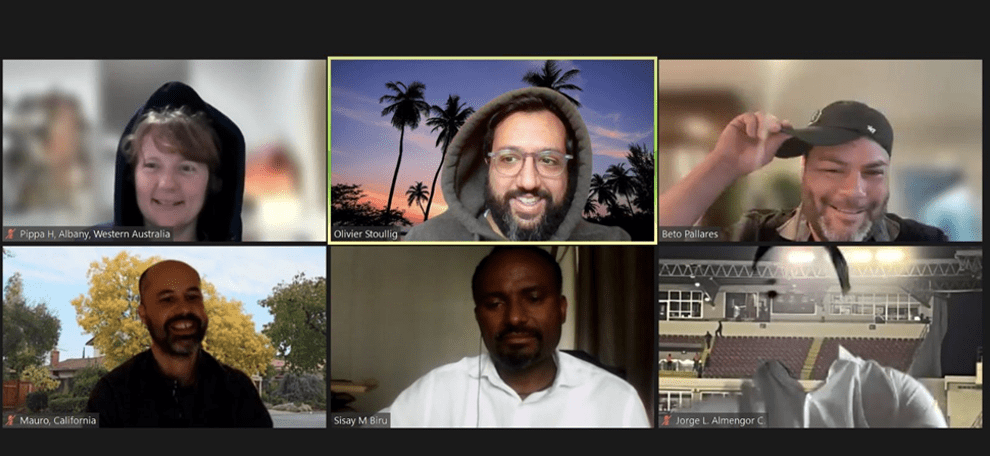Guest blog by Olivier Stoullig, LEG ’22
Here are some of my key ideas/learnings from the Leading Economic Growth course:
Measuring a country’s growth potential through its complexity- Growth happens by accumulating letters and matching consonants (productive know-how) with vowels (public goods) to make the longest possible words.
Technology has 3 facets: tools, or embodied knowledge, recipes or blueprints or codified knowledge and know-how or tacit knowledge. The hardest to move is tacit knowledge, as it is lodged in brains. It takes 40 000 hours to master a subject
Economic development depends on the accumulation of know-how. To diversify, you need to accumulate know how. To accumulate know how, you need to move brains. This is done through migration, diaspora mobilization, FDI attraction. You need to find ways to identify what is missing to move to new sectors in terms of capabilities and public goods, as you don’t what’s required: mechanisms to promote self-discovery are essential.
It is easier to go from BEAR to ZEBRA than from BEAR to LION: what countries produce matters and conditions what they are able to produce. The clusters in the product space define potential policy options.
Exports are key to generate sufficient foreign currency to import intermediate goods. They are also essential to drive competitiveness.
Defining a growth strategy starts with a diagnostic of both the economic issues and political economy issues. Growth diagnostics and differential diagnosis allows one to identify the binding constraints, which should be addressed to unlock potential growth. This is a more practical and impactful way of prioritizing reforms and avoiding unmanageable, and economically ungrounded laundry lists of reforms.
Implementing a growth strategy is a complex problem, which requires decomposing the issues, asking the right questions (five whys) and getting to the root cause of the problem (fishbone), and repeating these steps until the problem is solved.
People matter and methods to facilitate solving complex problems do too: setting up high bandwidth organizations, obtaining support from the right authorizers, empowering others, finding accurate and useful data.
Inclusion has a higher economic rationale for growth than redistribution does: you need to find ways to include your letters in other words.
The main insights I gained are linked to:
Better defining the problem. I went from a very broad problem, which is how to achieve structural transformation in Senegal, to a more focused and manageable problem: How can Senegal increase its exports by diversifying into higher-productivity industries? This entails identifying ways to attract investment in new export-promoting or import-substituting sectors. This matters because it will sustain growth patterns less volatile and vulnerable to external shocks, create jobs for a growing youth population, support macroeconomic stability and balance of payments. It matters for private entrepreneurs, job seekers, and should matter more for government bureaucrats and political leaders.
Better understanding the role of complexity in economic growth and how this should be at the heart of industrial policy.
Better understanding the role of attracting foreign investment in generating know how spillovers and self-discovery for missing public goods.
Overall, this course has been what you’d call a game-changer in the way I perceive economic growth challenges and the tools required to address key challenges. In terms of perception, the course has provided more than intelligent concepts and frameworks for analysis. It gave me hope, as a dedicated professional, that some of the most complex challenges on the African continent, such as industrial development, can be addressed, step by step, by decomposing the problem, finding solutions through iterations, collective work, and the right framework for analysis.
It has changed the way I perceive industrial policy and how it should be designed and implemented.
It has changed the way I think about how to structure and lead reforms and policy interventions and organizational challenge.
This is a blog series written by the alumni of the Leading Economic Growth Executive Education Program at the Harvard Kennedy School. 71 Participants successfully completed this 10-week online course in May 2022. These are their learning journey stories.

